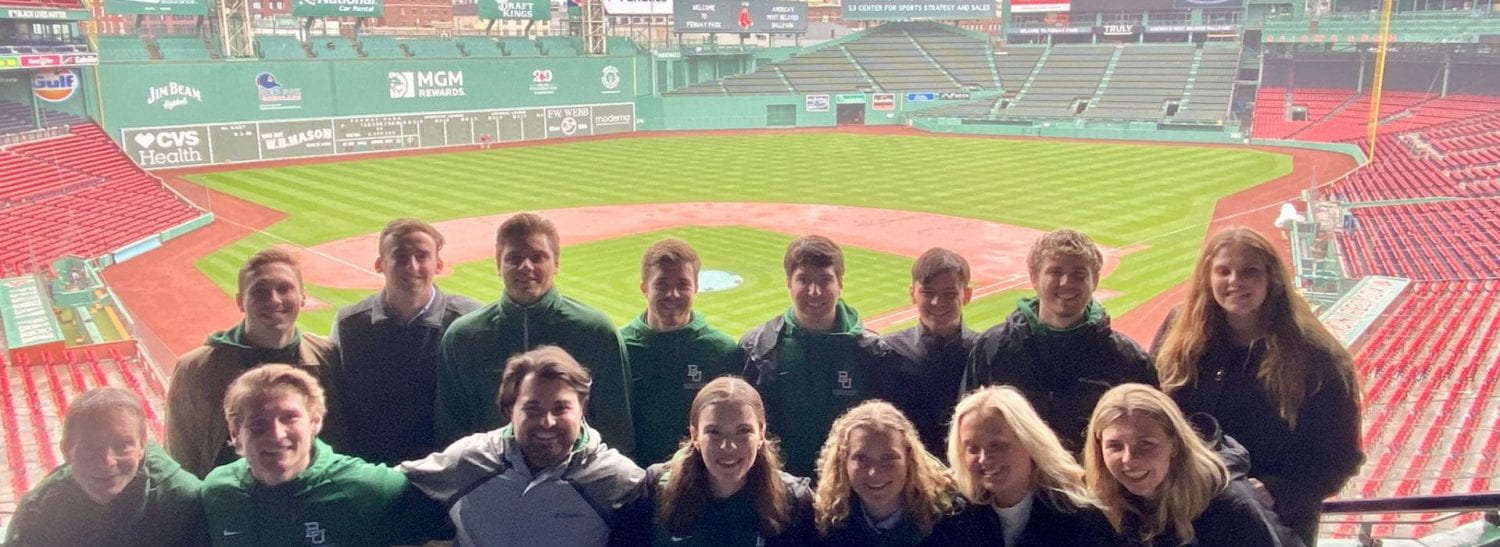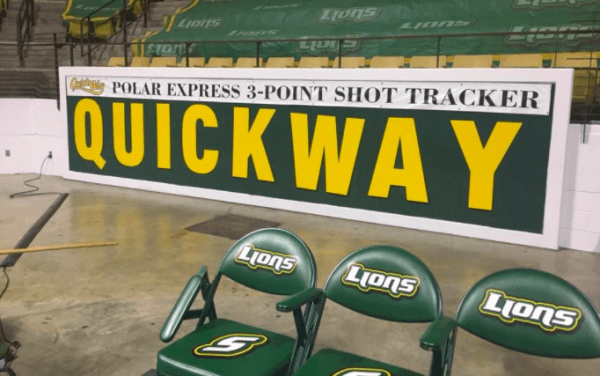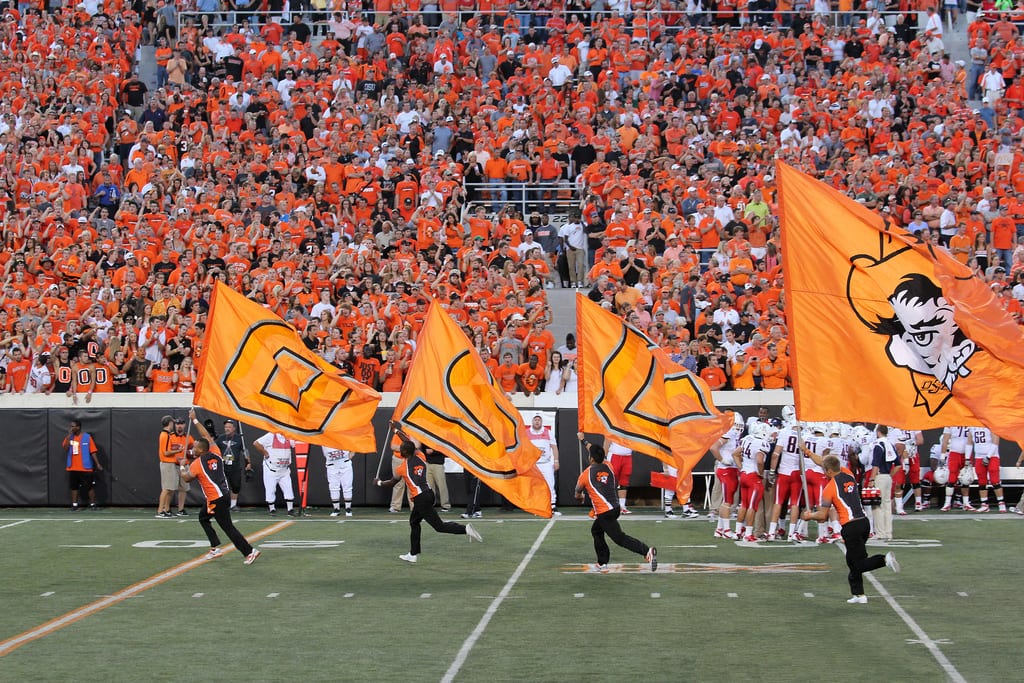Loyalty programs have been around now for thirty years. The first were travel programs, created initially by Hal Brierly for companies like American Airlines and Hilton. After three decades, we’ve learned a few things about what works and what doesn’t. One of the things we’ve learned: You don’t need a loyalty program to build loyalty – or rather, you don’t need a frequency program.
Most programs are built on some measure of frequency. Our local Starbucks had a punch card long before Starbucks official reward program: If you bought 10, you got the next one free. The loyalty program simply took that concept to the next level – and often to the Silver, Gold, and Platinum levels. But this type of program requires tracking systems that can be expensive. Even if you can’t afford a fancy tracking system, there are things you can do to reap the benefits of loyalty.
What you do need?
Some questions to ask yourself first.
What type of loyalty do I want? Do I want people to like us more or engage in some specific behavior? While these may seem obvious, the answers are important. Too many organizations want better sales but then create programs that reward the wrong behavior. For example, JC Penney created a very loyal base of customers who loved the company but were trained to wait for the sales. Exclusive access to merchandise for your most loyal fans, for example, doesn’t mean you put it on sale. If you always give your most loyal fans bigger merchandise discounts, then they’ll love you right out of business.
What is the current state of fan loyalty? In some instances, fans may love a team but love to watch it on TV. Or they only come to premium games – great for the broadcast sponsors but not so great for the team. Loyalty programs are not free. By setting specific goals, the question becomes not does it work, but what works?
What do you do?
Now that you know what you want and where you are – what do you do?
Randomize (Some) Rewards. One benefit of a tiered system is the observed increased frequency of purchases as customers get near the next level. But, we’ve also seen increases in purchases following a random reward. Panera and Sonic both use randomized rewards, such as a free desert. These aren’t truly random; to the customer, it appears that way. But both Panera and Sonic use loyalty systems to trigger rewards to specific customers. You can use attendance records and other mechanisms to identify who gets rewarded even if you don’t have an official loyalty program.
Say “Thank You.” Organizations give things away for various reasons. Sports teams may give away items as a way to promote sponsors, but it’s not really a gift. Make it clear that you are giving this to the fan who is loyal. Thank the fan for attending. Vary the gift by tier; for example, give premium parking to an upcoming game to a season ticket holder who wouldn’t otherwise qualify. But don’t vary the communication – make it clear that this gift is special because the fan is special as an individual.
Listen. One of the most consistent findings in loyalty research is that loyal customers expect to be heard. They are willing to offer input, even anxious, to offer input. But not as many want to do surveys, especially long surveys. Nor is there anything special about an exit survey given to every fan who leaves the stadium. Your challenge is to find a way to listen as you gather the information.
At a Mavs game with a loyal fan last season, my buddy greeted his aisle vendors by name and had real conversations with them. Just last week, I attended a Norfolk Tides game and the guy next to me knew his beer man’s name, the name of the usher, and the cotton candy girl. Your loyal fans know your employees, and your employees hear things. Empower them to be your fans’ spokesperson.
Think creatively. Complaint systems aside, use decisions as an opportunity to gather fan input. For example, when I visit a new-to-me ballpark, I always ask fans for the signature food. All too often, they can’t say there is one – and that’s too bad. A fan voting contest could determine that (along with follow-up promotion to sell more), but you could ask only season ticket holders. Similarly, you could ask them to nominate the vendor of the season. Oh, and while you’re at it, ask a few questions to help you improve service. Yes, it’s doing a survey, but it’s fun (and be sure to report back on who wins).
Respond. When you introduce new things because of fan input, make it clear that’s why you’re doing it. Citibank may be the best at communicating customer input because no change is introduced without acknowledging customers. One result is a higher take-up of new offers, compared to other banks. The thing is, fans want to know that you not only listen but that you act. The action doesn’t have to be specific to what I said or what she said, but the fan does have to believe that you are acting in response to what fans are saying. The research is clear: When customers believe the organization responds to input, whether their own or other customers, their loyalty goes way up.
Oh, and remember those employees. Make them part of the communication process by letting them know why you are doing something new. If a fan asks, they can answer.
Engage Employees. The research is also clear – happy employees make for happy customers. If you follow these tips, you’ve already adopted a couple of actions that will strengthen your employees’ engagement. You’ve empowered them to provide input and you’ve included them in the decision process by giving them the information to be more knowledgeable when talking with fans.
You can wait for a championship season to build loyalty, but even that fades. The type of loyalty that brings them in game after game takes a little work and a lot of creativity, but the benefits are steady and profitable.







